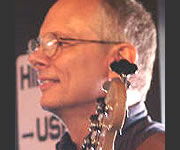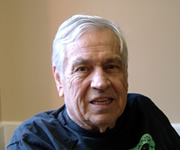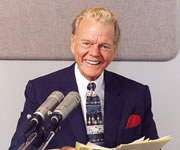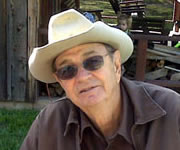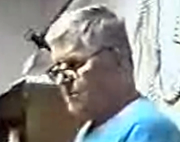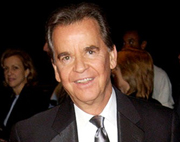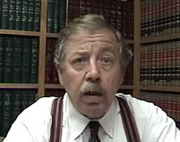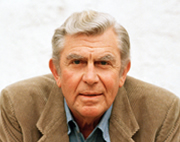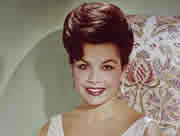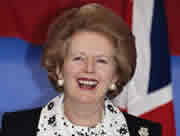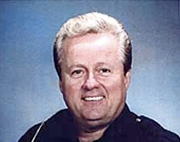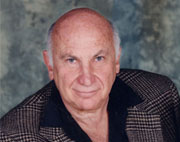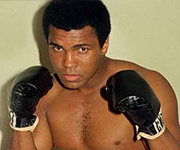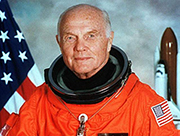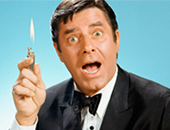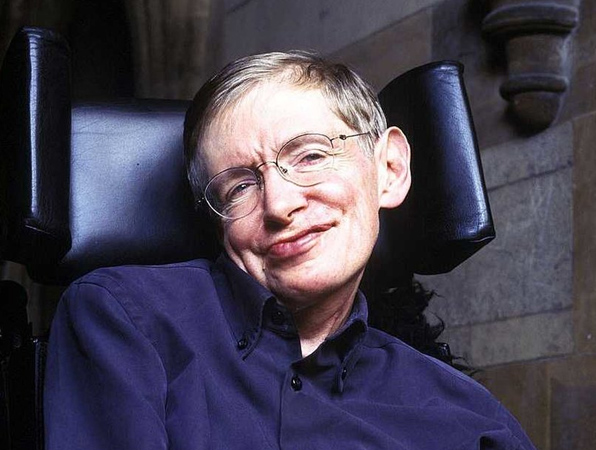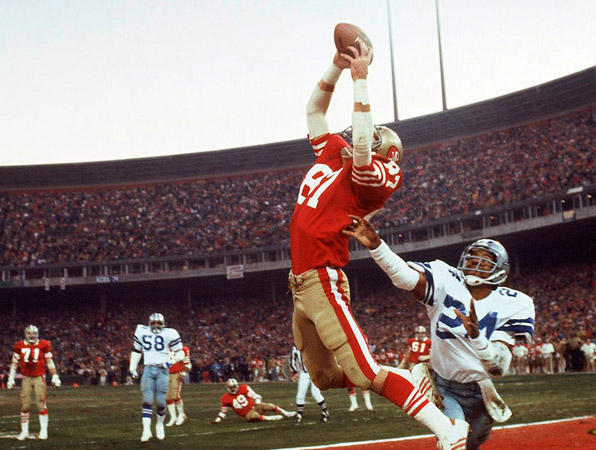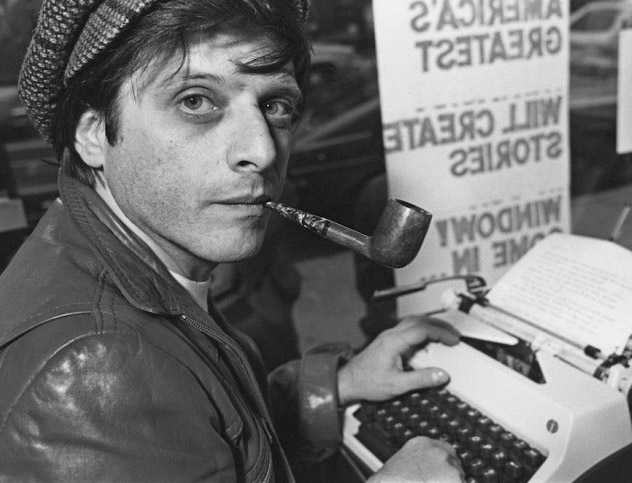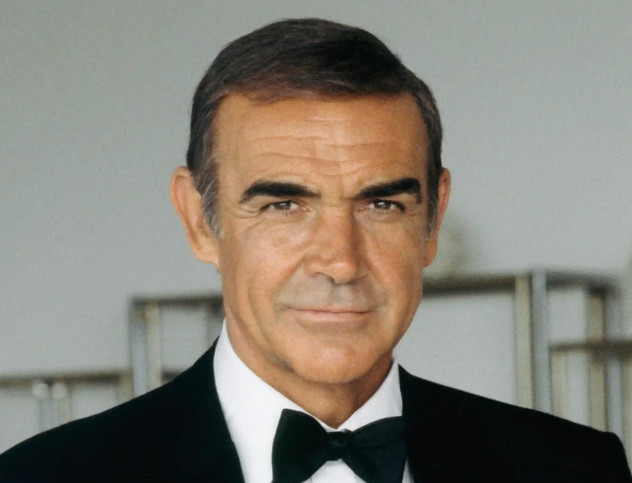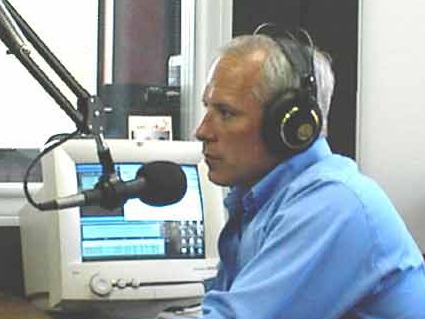Adam West, TV’s Batman, Dies at 88!
LOS ANGELES, Kalifornia (PNN) - June 10, 2017 - Adam West - an actor defined and also constrained by his role in the 1960s series Batman - died Friday night in Los Angeles. He was 88. A rep said that he died after a short battle with leukemia.
“Our dad always saw himself as The Bright Knight, and aspired to make a positive impact on his fans’ lives. He was and always will be our hero,” his family said in a statement.
West became known to a new generation of TV fans through his recurring voice role on Fox’s “Family Guy” as Mayor Adam West, the horribly corrupt, inept and vain leader of Quahog, Rhode Island. West was a regular on the show from 2000 through its most recent season. West in recent years did a wide range of voice-over work, on such shows as Adult Swim’s R” and Disney Channel’s Jake and the Neverland Pirates.
But it was his role as the Caped Crusader in the 1966-68 ABC series Batman that defined West’s career.
With its “Wham! Pow!” onscreen exclamations, flamboyant villains and cheeky tone, Batman became a surprise hit with its premiere on ABC in 1966, a virtual symbol of ’60s kitsch. The half-hour action comedy was such a hit that it aired twice a week on ABC at its peak. But within two seasons, the show’s popularity slumped as quickly as it soared.
West’s portrayal of the super hero and his alter ego, Bruce Wayne, ultimately made it hard for him to get other roles, and while he continued to work throughout his career, options remained limited because of his association with the character.
West also chafed against the darker versions of Bob Kane’s hero that emerged in more recent years, beginning with the Michael Keaton-starring, Tim Burton-directed adaptations that began in 1989, and followed by Christopher Nolan’s enormously successful Dark Knight trilogy.
In February 2016, the CBS sitcom The Big Bang Theory, which had hosted a number of geek favorites over the years, celebrated its 200th episode - and marked the 50th anniversary of Batman - with an appearance by West.
Asked by Variety what the character of Batman has come to mean to him over five decades, West said, “Money. Some years ago I made an agreement with Batman. There was a time when Batman really kept me from getting some pretty good roles, and I was asked to do what I figured were important features. However, Batman was there, and very few people would take a chance on me walking on to the screen. They’d be taking people away from the story. So I decided that since so many people love Batman, I might as well love it too. Why not? So I began to reengage myself with Batman; and I saw the comedy. I saw the love people had for it, and I just embraced it.”
West made his feature debut in 1959’s The Young Philadelphians, starring Paul Newman. Before he donned the mask and cape, West was a rising star in late 1950s and early 1960s TV series, notably westerns and cop shows. He logged roles on Lawman, Cheyenne, The FBI Story, Colt .45, 77 Sunset Strip, Maverick, Hawaiian Eye, Bonanza, The Rifleman, Perry Mason, Gunsmoke, The Real McCoys, Bewitched, The Outer Limits, and The Virginian, among other programs. He was a series regular on the 1959-62 drama series The Detectives (which aired on ABC and later NBC), playing a police sergeant.
His film roles in this period were few and far between but included a part in the 1965 Three Stooges vehicle The Outlaws Is Coming.
The origins of the Batman series are actually quite complex, but the project eventually landed at 20th Century Fox, which handed it to producer William Dozier, who devised the show’s camp comedy sensibility.
Both West and Lyle Waggoner were considered for the part of Batman before West was cast, playing alongside Burt Ward as his sidekick Robin.
In a PBS special that touched on the show, Ward noted that West’s slow, portentous delivery was occasionally designed to eat up screen time, thus cutting into his co-star’s dialogue.
With actors like Cesar Romero (Joker) and Burgess Meredith (Penguin) comprising Batman’s rogue’s gallery of villains, the show became an almost instant success, urging viewers to tune in for the next episode at the “Same Bat-time.” The series spawned a movie - pitting the Dynamic Duo against a team-up of villains - before being canceled after three seasons due, primarily, to its high production costs.
The show came to be viewed with some contempt in comic book circles, especially after the darker vision of Batman became dominant in the ’70s and ’80s.
West found serious film work scarce following the series, though he remained in demand for personal appearances as the character and voice work, including a recurring stint on F”, and animated versions of Batman. Other roles ranged from The Happy Hooker and Hooper to the Michael Tolkin-directed movies The Rapture and The New Age.
By many accounts, West maintained a good sense of humor about his fame and his caped alter-ego. He remained a favorite of many producers for comedy guest shots, logging roles in recent years on such shows as 30 Rock, George Lopez, The King of Queens, and this year’s short-lived NBC comedy Powerless.
West was also prolific as a voice actor. He worked on dozens of animated series during the past 40 years, from numerous incarnations of the Batman character to Kim Possible, SpongeBob SquarePants, The Fairly Oddparents, The Boondocks, and Penn Zero: Part-Time Hero.
West wrote two books, one titled Back to the Batcave and published in the mid-1990s, in which he said that he was “angry and disappointed” not to have been offered the chance to reprise the role in the Burton movies, despite being 60 at the time. The attendant publicity seemed to put West back on the cultural radar, at least as a source of nostalgia.
Born William West Anderson in 1928 in Walla Walla, Washington, the actor later adopted his stage name, and began his career in earnest when he moved to Hawaii in the 1950s to star in a local children’s program.
He is survived by his wife Marcelle, six children, five grandchildren, and two great-grandchildren.









